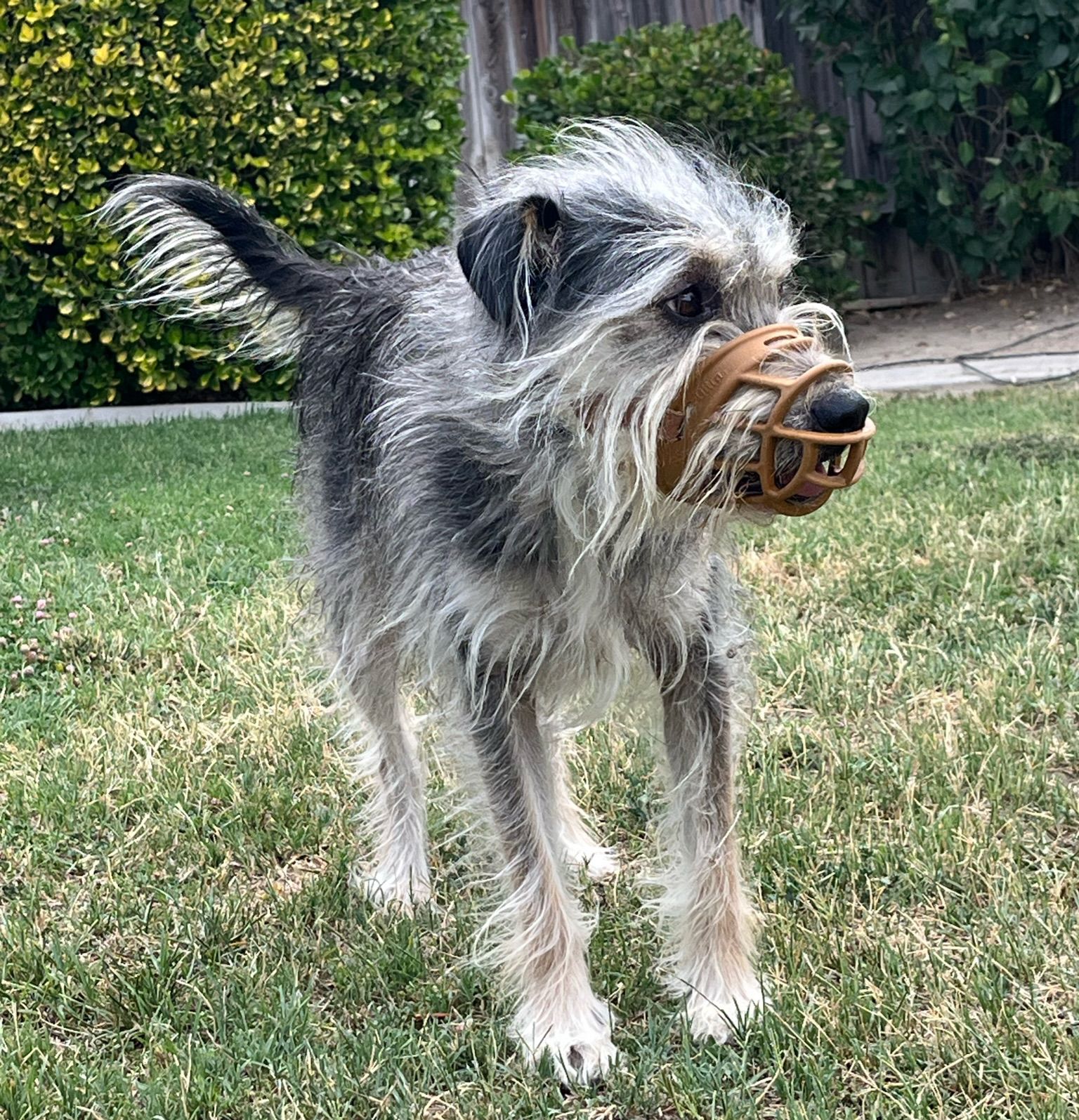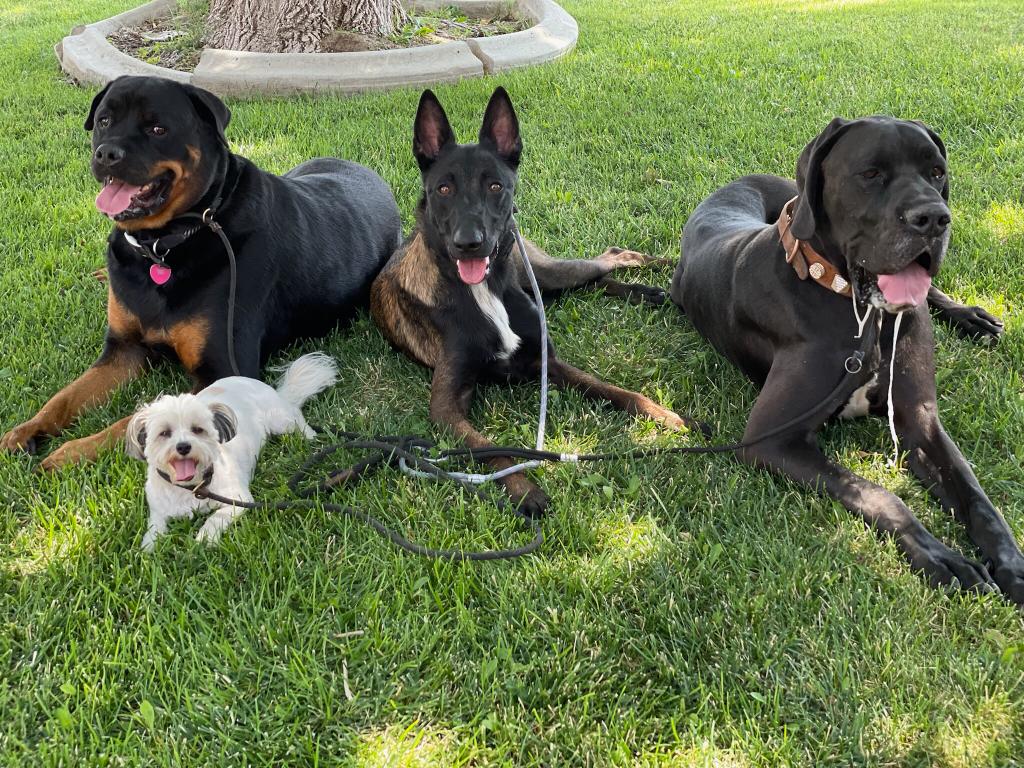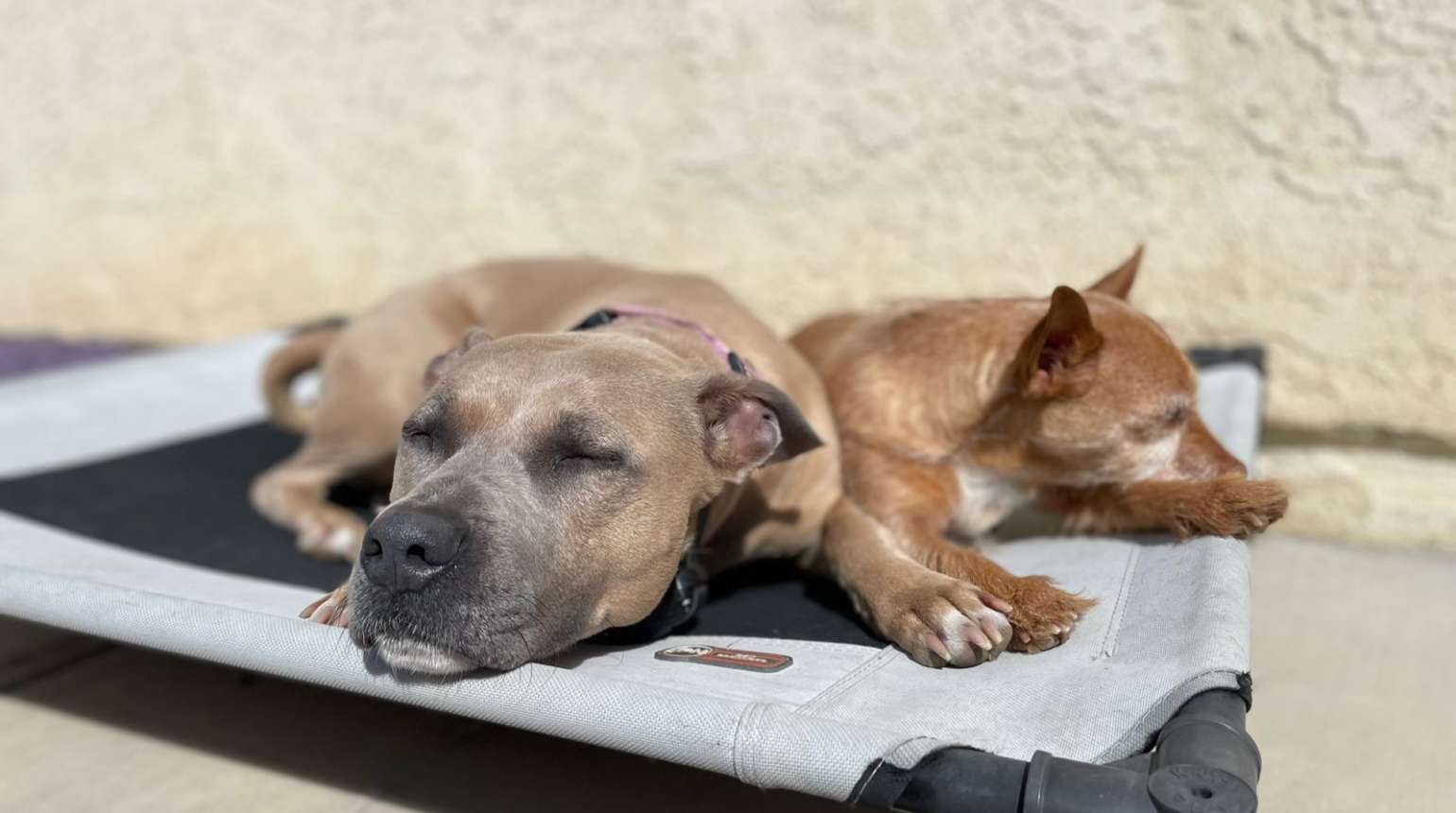Scrolling around social media recently, I saw a video of a trainer yelling at a human whose dog was off leash that the dog he was working with was not friendly. He yelled ‘not friendly’ four or five times while the woman’s dog kept approaching his dog. The off-leash dog was curious about the ‘not friendly dog’, the dog’s owner was obviously not able to control her own pup. Hence the yelling. What surprised me most about this video was not a trainer working with a ‘not friendly’ (or a dog with aggression) or that there was an off leash dog doing whatever it wanted while the owner tried to justify the reasons why her dog was not listening to her. No. It was the (almost) desperation coming out of the “trainer’s” voice, almost pleading with the woman that the dog he was working with was not friendly. It was guttural. He seemed genuinely concerned that he wouldn’t be able to control the dog that he was with. The caption read something along the lines of “so sick of people that can’t control their dogs… if you can’t control your dog then they should be on leash.” Which, by the way, I agree with 100%. A few questions, however, popped into my mind: if the dog you are working with is not friendly and you don’t trust it, why do you not have it on a muzzle? If you are unable to control said dog, wouldn’t it be healthier for all involved to work on that before bringing it into a park where people (sometimes) have dogs off leash? Thirdly, do you think that yelling “not friendly” several times in the span of a few seconds is the best way to introduce that dog to a world in which energy accounts more than anything when communicating our intentions?
On average, 1/3 of the world’s households have a dog. That is a lot of pups. I wish I could also say that the same number of homes had a balanced dog. Although that might mean I wouldn’t have a job. The reason I do have a job is because we all need help in becoming better pet stewards and I just happen to have made the leap from student to teacher. With that comes a lot of responsibility when dealing with dogs with a bite history. Teaching them to trust and respect the other is, in essence, what I do. Educating their human about the responsibilities that come with owning, tutoring and understanding a dog is also an all important part of the job. Introducing tools that might help is often the first step in changing both the dog and the humans’ mindset in relation to the world at large. If, for example, the ‘not friendly’ dog had been on a muzzle, I can almost guarantee you that the distress that trainer felt would not have been so acute. And the “unfriendly” dog would not have had that stressful interaction with another human and dog.

Tool: a thing used in an occupation or pursuit. A muzzle is a tool, so is a leash, a clicker and a prong collar. All these objects are things used in an occupation or pursuit. The beauty of a tool is that, on it’s own, it has very little objective value. However, when used correctly it can help transform something seemly insurmountable into an achievable goal. Maybe if the ‘not friendly’ dog on the video had been muzzled conditioned, then the trainer would not have been so unfriendly to the person with the off leash dog. If the message that we (as trainers) are sending is “you have to control your dog because I can’t control mine” then maybe it is time to bring out the tools that can best help make that interaction a little less tense. If the owner of the dog off leash had it on a leash then things might not have escalated. Two humans creating a very tense situation simply because they did not have the trust or respect of their respective dogs and still decided not use tools that could have helped them. Go figure.
To be clear, I am not suggesting that a prong collar, a muzzle or a clicker will fix a dog’s behavior. A tool is just that; an implement that is designed to help. In of itself it won’t fix an unruly dog. I do not use prong collars or clickers in my training. I do, however, use slip leashes, muzzles, ecollars, crates, beds, … I could go on. My intention in using these tools is to close the communication gap between me and the dog. Dog’s with a bite history tend to take longer and need a lot more support in order to regain that trust/respect for humans or other dogs. The tools one uses are there to make it easier both the dog and I to get that communication rolling.
Tools do not fix behaviors. Rules, boundaries and a lot of repetition change behaviors. That is true in humans and dogs. However tools can help both the human and the dog find a calmer state that is crucial to creating new patterns. We use pacifiers in order to help babies self sooth. We use cribs so they can be safe while unattended. We have training wheels on bikes, to help us get to the point where we don’t need them. Babies grow out of pacifiers and one eventually learns to ride a bike without the help of the extra wheels. But we do use them. How about using the same mentality when working with dogs with aggression? How about setting them up for success and not relying on others to help us rehabilitate a dog with a bite history? The tools are there to help us and the dog achieve a calmer state of mind. The most important thing, however… let’s change our attitude when we see someone using a tool that we do not understand or disagree with. Let’s give our dogs and us a better chance of becoming more social simply by becoming a little more graceful ourselves. If a tool can help with that then so much the better.



